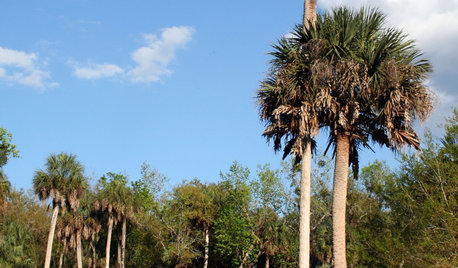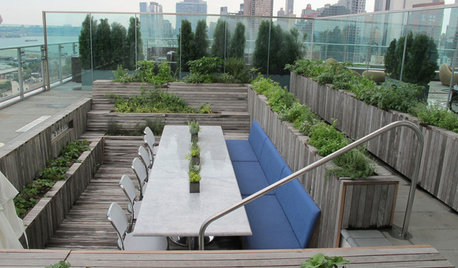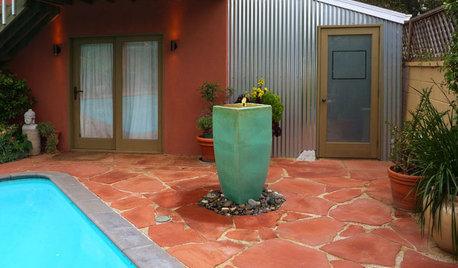NOT SURE IF THE INFO. CONTAINED BELOW CAN BE USEFUL TO YOU -- FIGS ARE LISTED.
CHILL-
The growth of deciduous fruit and nut trees follows an annual pattern that changes with the seasonal transitions in the surrounding environment. Typically, temperate fruit and nut trees grow rapidly during the spring and first half of the summer. Later in the season, the growth rate declines. In the fall, the growth of deciduous fruit and nut trees stops as length of day and temperatures decrease, and the trees drop their leaves. In a reaction to length of day and temperature, growth inhibitors (hormones) are produced in the tree that prevent it from growing. In the winter months, the tree's internal processes are in a state of rest, known as dormancy, due to the presence of growth inhibitors. Growth will not occur even under ideal temperature conditions. This prevents the trees from beginning to grow during atypical periods of warm weather only to become damaged by normal freezing temperatures later on in the winter or early spring.
Dormancy is broken when sufficient cold temperature breaks down the growth inhibitors within the tree. This is called vernalization, "chilling," or "winter chill." A specific number of cumulative hours of chilling (temperatures between 32F - 45°F), are required to break dormancy, which varies from variety to variety. Once the appropriate number of hours of chilling have been achieved by a variety, active growth resumes in the spring, but only after trees are exposed to warm enough temperatures for natural growth processes to begin. Most of Northern California receives between 800 and 1,500 hours of vernalization each winter. Southern California may only receive 100-400 hours.
Temperate trees and shrubs grow best in climates in which the winters are warm enough that plant tissue is not killed from extreme low temperatures, but not so warm that buds receive inadequate chilling to break dormancy. Flower and shoot buds of deciduous fruit trees and olives (evergreen) will grow normally in the spring only after exposure to sufficient winter cold. After winters with inadequate chilling, the plants leaf out late in the season (delayed foliation), blossoming is prolonged, buds may deteriorate, buds may drop, and few, if any, flowers are produced. Without flowers, there is no fruit to harvest.
The number of hours below 45°F is a fair index of the adequacy of winter chilling. Both the absolute number and distribution of the hours below 45°F need to be considered. The chilling requirements of selected temperate tree fruits and nuts expressed as the number of hours Type of Fruit Approx. Hours Almond 200-300 8-13 days
Applea 1200-1500 7-9 weeks
Apricota 700-1000 4-6 weeks
Cherry, sour 1200 7 weeks
Cherry, sweet 1100-1300 6-8 weeks
Chestnut 300-400 2-3 weeks
Fig few hours ---
Filbert (Hazelnut) 1500 9 weeks
Kiwifruita 600-850 3.5-5 weeks
Olive 200-300 8-13 days
Peach/Nectarinea 650-850 4-5 weeks
Peara 1200-1500 7-9 weeks
Pecan 400-500 3-4 weeks
Persimmon Pistachio 1000 6 weeks
Plum, Americana 3600 5 months
Plum, Europeana 800-1100 5-6 weeks
Plum, Japanese 700-1000 4-6 weeks
Pomegranate 200-300 8-13 days
Quince 300-400 2-3 weeks
Walnut, Persian 700 (Payne) -
1500 (Franquette) 4 weeks
9 weeks
a See Variety Table for low chill varieties of these fruits, which have been reported to require Over the years, plant scientists and breeders around the world have been selecting and developing varieties that require less chilling to break dormancy and resume growth, usually In general terms, the relatively low chilling requirements of quince, figs, persimmons, almonds, olives, chestnuts, pecans, and some walnuts has enabled many varieties of these fruits and nuts to thrive in low latitudes without specific breeding programs to develop "low chill" varieties. On the other hand, sweet and sour cherries and filberts (hazelnuts) are not adapted or recommended for the low latitudes of Southern California because of the lack of availability of low-chill varieties and the high chilling requirements of current varieties.
YOU CAN READ THE WHOLE PAGE AT:
http://homeorchard.ucdavis.edu/general-tree.shtml
Lou














peg919
socal23
Related Discussions
Backyard Orchard near complete, am I missing anything?
Q
Backyard Orchard Culture (pruning bareroot trees)
Q
backyard orchard culture
Q
Started my Backyard orchard
Q